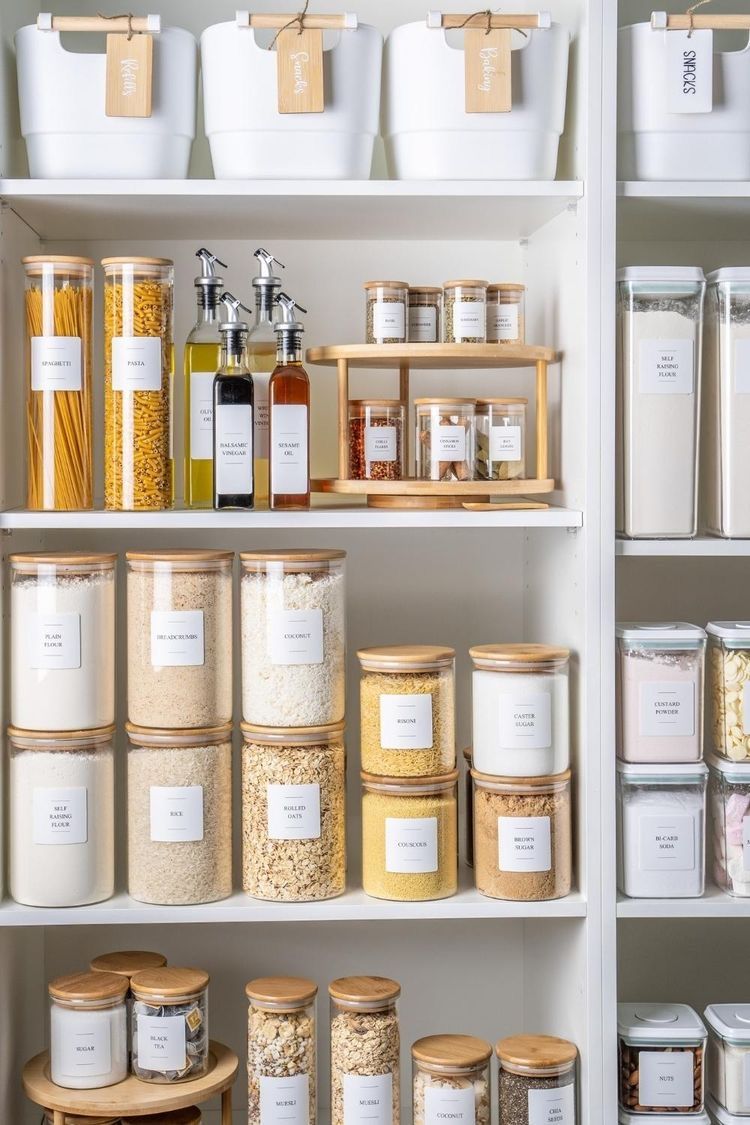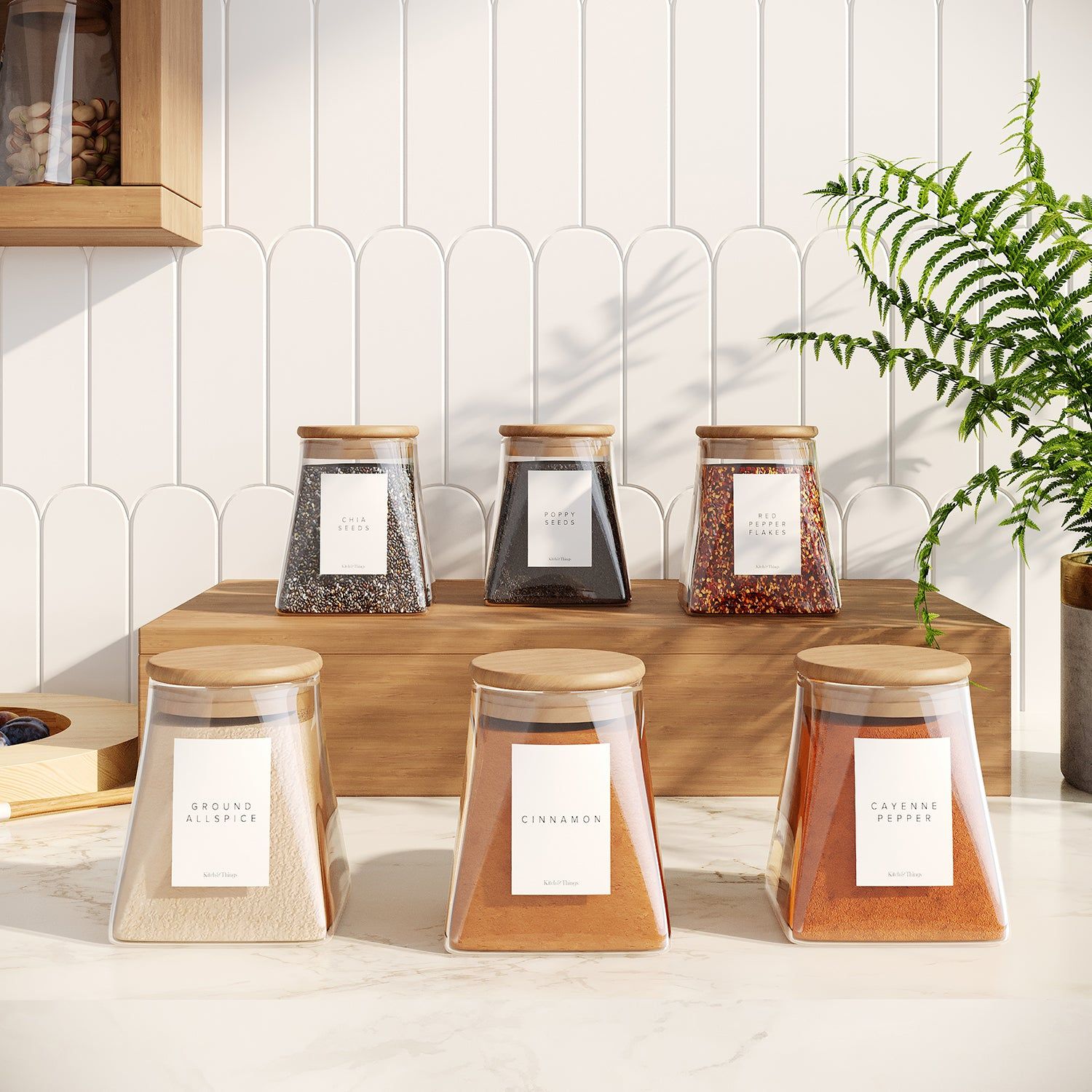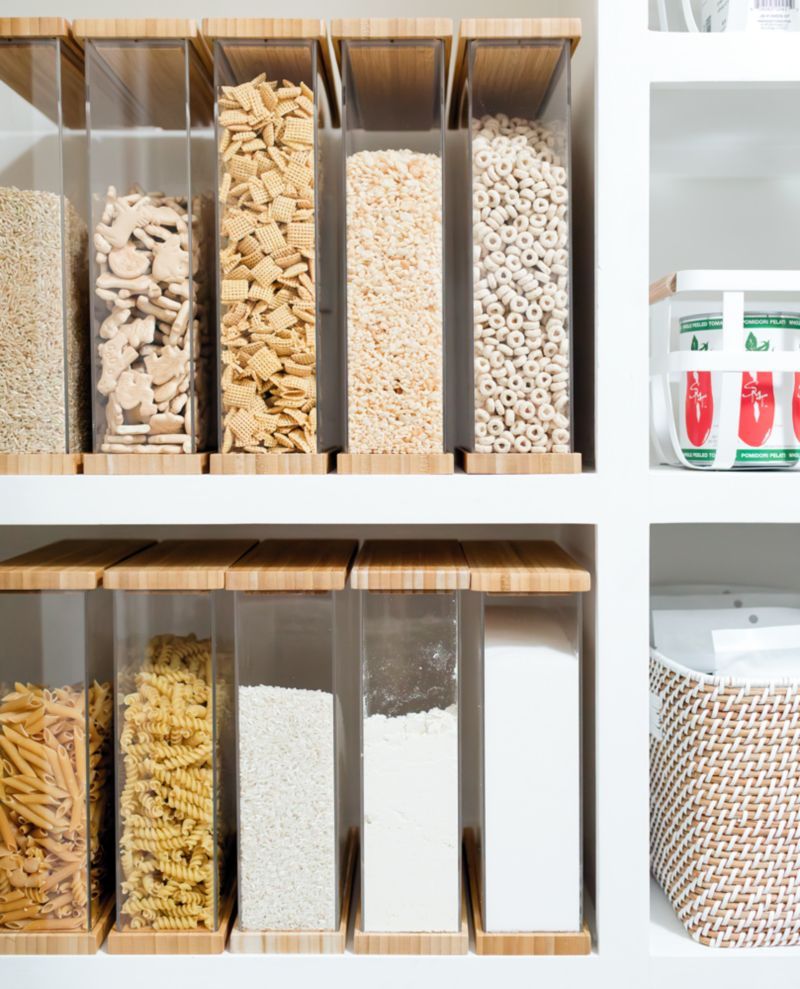Bamboo, often referred to as “nature’s steel,” is becoming increasingly popular as a sustainable building material. With its rapid growth, eco-friendliness, and impressive strength, bamboo presents a viable alternative to conventional construction materials like concrete and steel. One of the key attributes that make bamboo so appealing is its compressive strength, which refers to its ability to withstand loads without collapsing. This article delves into the compressive strength of bamboo and the ongoing improvements in its processing that enhance its performance in various applications.
Compressive Strength of Bamboo
Bamboo’s structural properties are exceptional, particularly its compressive strength. Studies have shown that bamboo has a compressive strength comparable to that of concrete, making it a strong contender for use in load-bearing structures. For example, Phyllostachys edulis, commonly known as Moso bamboo, has a compressive strength of approximately 40-50 MPa, which is close to the compressive strength of some types of concrete. This high compressive strength is due to the unique composition of bamboo fibers, which are densely packed and oriented in a way that provides excellent support under pressure.
However, bamboo’s compressive strength can vary depending on several factors, including species, age, moisture content, and the conditions under which it is harvested and processed. Therefore, understanding and improving these factors is crucial for maximizing the material’s performance in construction and other applications.
Process Improvement in Bamboo Manufacturing
Recent advancements in bamboo processing have significantly improved its structural integrity and widened its application in construction. One area of focus is the treatment and preservation of bamboo to enhance its compressive strength. Traditional methods, such as drying and chemical treatments, have been refined to ensure that bamboo remains strong and durable over time.
For instance, researchers have developed techniques to reduce bamboo’s moisture content more effectively, as excessive moisture can weaken its compressive strength. Additionally, innovations in lamination and composite bamboo materials have resulted in products that combine the natural strength of bamboo with enhanced resistance to environmental factors.
Another notable improvement is in the jointing and connection methods used in bamboo construction. Modern engineering techniques have led to the development of stronger and more reliable connections between bamboo components, which further boosts the overall strength and stability of bamboo structures.
Applications and Future Prospects
The improved compressive strength of bamboo, combined with process innovations, has opened up new possibilities for its use in construction. Bamboo is now being utilized in everything from residential buildings to large-scale infrastructure projects. For instance, bamboo has been used to construct bridges, pavilions, and even multi-story buildings in Asia, showcasing its potential as a primary building material.
As the demand for sustainable materials continues to grow, the focus on improving bamboo’s compressive strength and manufacturing processes will likely intensify. Future research may explore the use of nanotechnology, advanced composites, and other cutting-edge techniques to further enhance bamboo’s properties, making it an even more attractive option for eco-friendly construction.
Bamboo’s compressive strength, combined with recent process improvements, underscores its potential as a sustainable building material. With ongoing research and technological advancements, bamboo products are poised to play a significant role in the future of green construction. By continuing to refine the processes that enhance bamboo’s structural properties, the material can meet the increasing demands of modern architecture while maintaining its eco-friendly advantages.
Post time: Sep-03-2024








